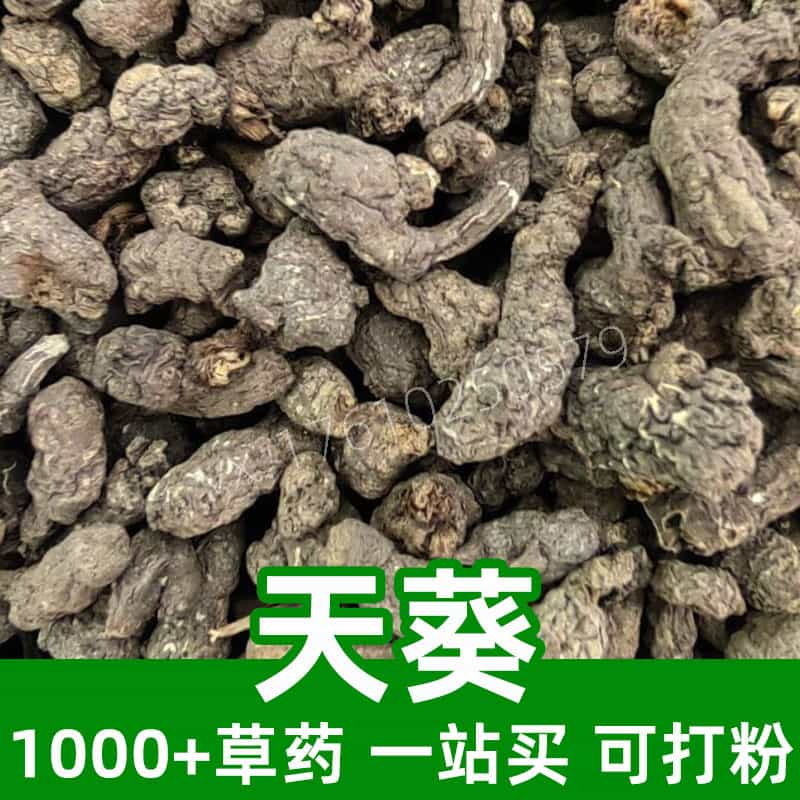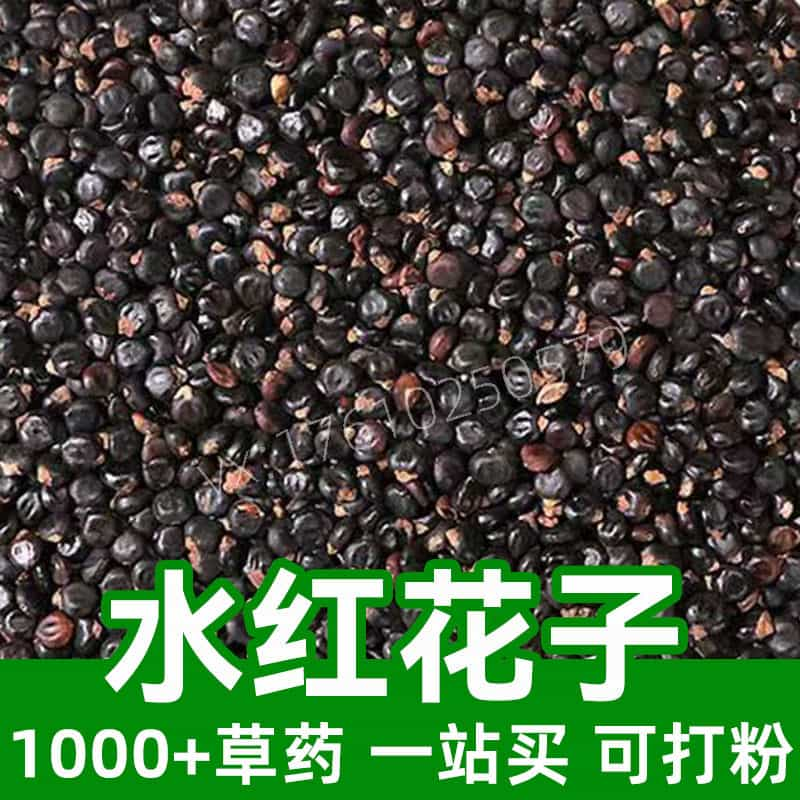Product Introduction
Keel, scientifically known as Dioscorea opposita, is a tuberous root native to China, where it has been cultivated for centuries. This herb is highly regarded in traditional Chinese medicine for its nutritional value and versatility. The root is known for its starchy texture and mild, slightly sweet taste, making it a popular ingredient in various culinary applications, including soups, stews, and stir-fries.
Beyond its culinary uses, keel is also a staple in herbal concoctions aimed at promoting overall health and well-being. Traditional practices often emphasize the importance of keel in nourishing the Spleen and Stomach, which are vital organs within the context of traditional Chinese medicine. The root contains an array of bioactive compounds that contribute to its reputation as a nutritious food source, with potential benefits such as providing energy and supporting digestive health.
Keel is not only rich in carbohydrates but also contains essential amino acids, vitamins, and minerals, making it a valuable addition to a balanced diet. The growing interest in natural and traditional remedies has led to a resurgence in the popularity of keel, both in its culinary and medicinal forms. With its deep cultural roots and significant nutritional benefits, keel continues to be an important herb within both traditional and modern health paradigms.
Main Active Ingredients
Keel contains several active ingredients that contribute to its nutritional and medicinal properties. The primary component is polysaccharides, which are known for their potential immune-boosting and gastrointestinal health benefits. These carbohydrates play a significant role in enhancing overall nourishment and providing a sustained source of energy.
In addition to polysaccharides, keel is rich in flavonoids, which are natural antioxidants known for their capability to scavenge free radicals. Antioxidants are crucial in protecting the body from the oxidative stress that can lead to chronic diseases. The flavonoids found in keel may offer support in various bodily functions, including enhancing vascular health and reducing inflammation.
Another important aspect of keel's composition is its amino acids. These building blocks of protein are essential for numerous physiological processes, including muscle repair, hormone regulation, and enzyme activity. The presence of such amino acids in keel enriches its nutritional profile, making it an excellent food source for individuals looking to support their health through diet.
Furthermore, keel contains essential vitamins and minerals, including vitamin C, zinc, and B vitamins, all of which are critical for maintaining energy levels, supporting the immune system, and promoting overall metabolic health. The combination of these active ingredients makes keel not only a versatile dish component but also a functionally beneficial addition to traditional herbal remedies.
Product Application Scenarios, Usage, and Dosage
In traditional Chinese medicine (TCM), keel is primarily recognized for its warming and invigorating properties, particularly in relation to the Spleen and Stomach. It is often recommended for individuals experiencing digestive disorders such as lack of appetite, digestive weakness, or fatigue. As a food tonic, keel can be utilized in various culinary contexts. Common applications include:
- Soups and Stews: Keel is often included in nourishing soups when combined with meats or vegetables, helping to enhance digestion and provide warmth.
- Stir-Fried Dishes: This root can be sliced and stir-fried with various ingredients, marrying its flavors with proteins and seasonal vegetables.
- Herbal Formulations: Keel is commonly blended with other herbs in TCM prescriptions aimed at harmonizing bodily functions.
The typical dosage for keel in herbal preparations can vary, but a common recommendation is to consume approximately 15-30 grams of the dried root per day. When used in cooking, it can be enjoyed freely, as it is generally safe and nutritious.
When starting interstitial use or incorporating keel into a diet for the first time, individuals are advised to monitor their body's response. While it’s generally considered safe, consulting a practitioner familiar with TCM can provide personalized guidance tailored to an individual's health condition and dietary needs.
Introduction to the Source Plant, Distribution, and Growth Environment
Keel, or Dioscorea opposita, is a perennial plant known for its vigorous growth and extensive root system. This herb typically thrives in well-drained, fertile soils and is predominantly found in regions of East Asia, with China being its primary cultivation area. It prefers mountainous terrains and moderate climates, which can influence its growth cycle and overall quality.
In China, keel is commonly cultivated in provinces such as Shanxi, Henan, and Yunnan, where the geographical conditions mirror its native habitat. The cultivation process often involves selecting healthy tubers for replanting, ensuring they are well-nourished through organic soil enrichment and careful irrigation practices. Typically harvested in autumn, the roots reach maturity after a growing period that often exceeds six months.
Besides its native regions, keel is also grown in other parts of Asia, each exhibiting slight variations in taste and nutrient composition based on local environmental conditions. The cultivation practices may vary, but maintaining healthy soil and sustainable farming techniques are prioritized to ensure quality yield.
Given its widespread use in both culinary and medicinal contexts, the cultivation of keel remains an essential agricultural activity. By creating favorable growth conditions, farmers contribute not only to local economies but also to the global appreciation and wider accessibility of this valuable herbal root.
Harvesting, Processing, and Storage
The harvesting of keel is a meticulous process that occurs during its maturation phase, approximately six to eight months after planting. Harvesters carefully dig around the base of the plant to extract the tubers, taking care not to damage the roots. Given that the quality of the tuber declines post-harvest, timely processing is crucial.
Once harvested, the tubers are typically washed to remove soil and impurities. After washing, they are often steamed or boiled to soften their texture, which enhances flavor and nutritional absorption. This cooking process also helps to preserve the tuber's medicinal properties, making them more bioavailable.
Following cooking, keel may be sliced and dried under controlled conditions to create dehydrated slices, which can later be stored and used in various applications. Proper drying is essential to prevent moisture accumulation and spoilage.
Storage is another important consideration to maintain the quality of keel. Depending on the form of the product, dried slices should be kept in an airtight container away from sunlight and moisture, ideally in a cool, dark place. Fresh tubers can be stored in a cool, dry area but should be consumed quickly for optimal taste and nutritional benefits.
In summary, the careful harvesting, processing, and storage of keel are integral to preserving its quality and ensuring its beneficial properties can be enjoyed over time, whether in cooking or as part of a holistic wellness routine.
Monica Sun is a seasoned expert in the natural raw materials industry, with over a decade of experience specializing in traditional Chinese medicinal herbs, spices, and fungi. She is skilled in the sourcing, processing, and application of these materials, emphasizing sustainability and innovation. Monica Sun has contributed to the development of high-quality natural raw materials that serve as essential components in functional foods, pharmaceuticals, and cosmetics, delivering tailored solutions to meet diverse market needs.












